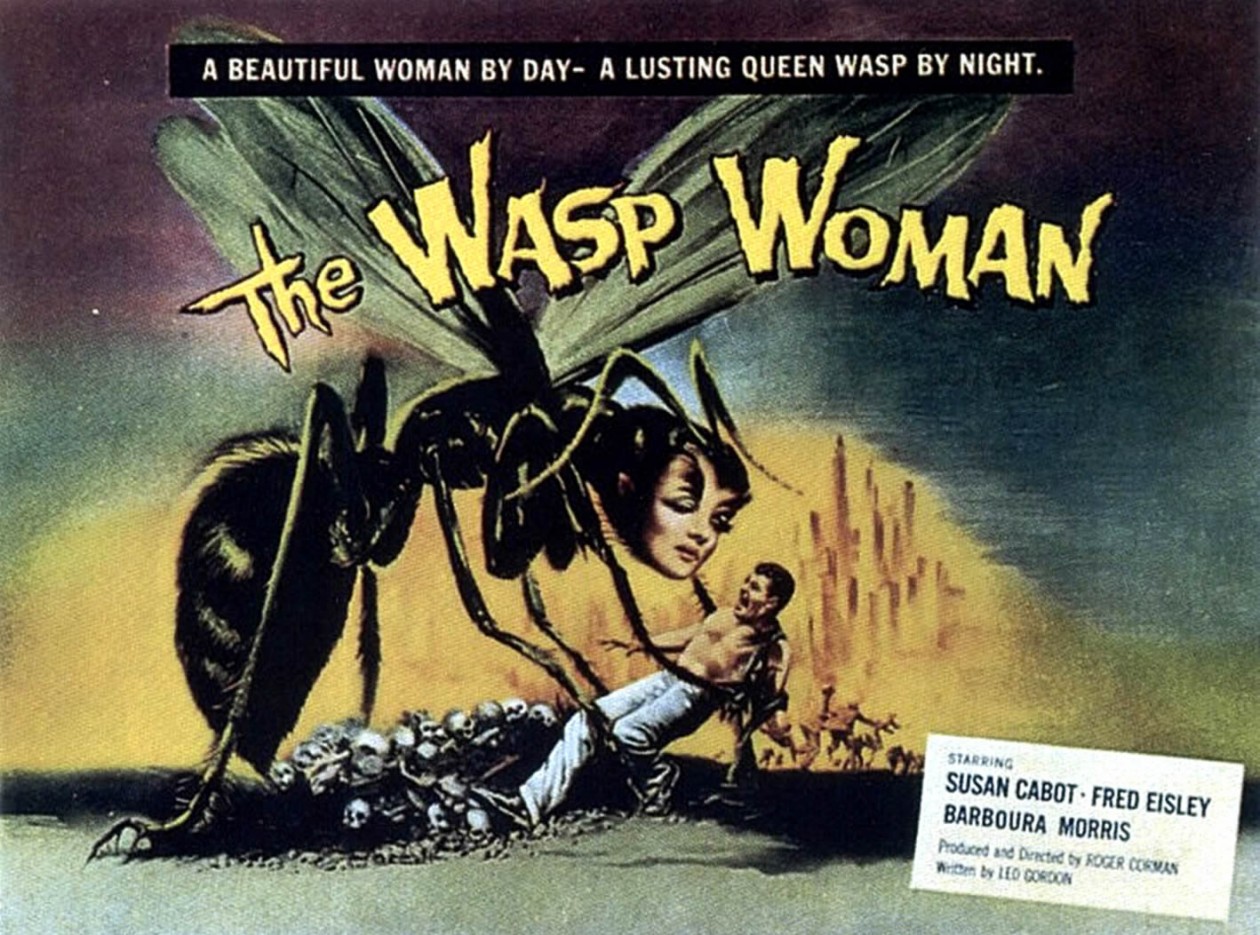I wanted to write a little more about the discussion we had in class about the word mother vs. mama or mommy and how that translated in the film, The Help. I think that the word ‘mother’ is used to represent someone who birth a child, but the words ‘mommy’ or ‘mama’ are words for someone who is actually a parental figure in someones life.
This is applicable to the film between Aibileene and Elizabeth Leefolts daughter. It is very clear from the beginning of the film, how much of a ‘mom’ Aibeleene is for this girl. She tucks her into bed and even potty trains her. In the movie we don’t even see Elizabeth Leefolt holding her daughter in a single scene. When Aibeleene is holding the little girl in her arms after Elizabeth Leefolt pulls out of the drive way to do who knows what, she says “you’re my real mommy Aibee” which is a line that stood out to me during the whole movie.
The fact that she calls her ‘mommy’ adds to what I mentioned earlier. Mrs. Leefolt is her biological mother and birthed the little girl, but she is absent in her life pretty much. The only time she expresses any concern for her daughter is when she might get dirty germs from Aibileen by standing too close to Aibileen’s designated bathroom stall. Aibileen on the other hand is the little girls “mommy.” She love this girl so much and it is so apparent how much the little girl loves and appreciate her as well.
The scene where Aibileen is asked to leave by Mrs. Leefolt broke my heart and made my teary-eyed. The little girl says “Don’t go Aibee!” which is another example of how important Aibileen is to her and how she loves her so much. When Aibileen walks out of the Leefolt household, the camera shows the little girl banging at the window and calling for Aibileen as she walks away. That was such a powerful scene, and the fact that Mrs. Leefolt just stands there and doesn’t even comfort her little girl while she is sad goes to show how much of a terrible mother she is.
Connecting back to Kaplan’s article “The Case of The Missing Mother,” I would identify Mrs. Leefolt to be a bad mother/witch because she doesn’t love her children a way a “mom” should. The fact that she got pregnant with another one towards the end of the film and doesn’t have Aibileen’s help scares me a bit because she doesn’t seem to know a thing about parenting, since she has no experience with it. I would identify Aibileen as a heroic mother because she leaves her family to work and sacrifices not being with her son to take care of Mrs. Leefolts daughter. She not only is a nanny to her, but she loves her as if she was her own child which is very clear in the film.
